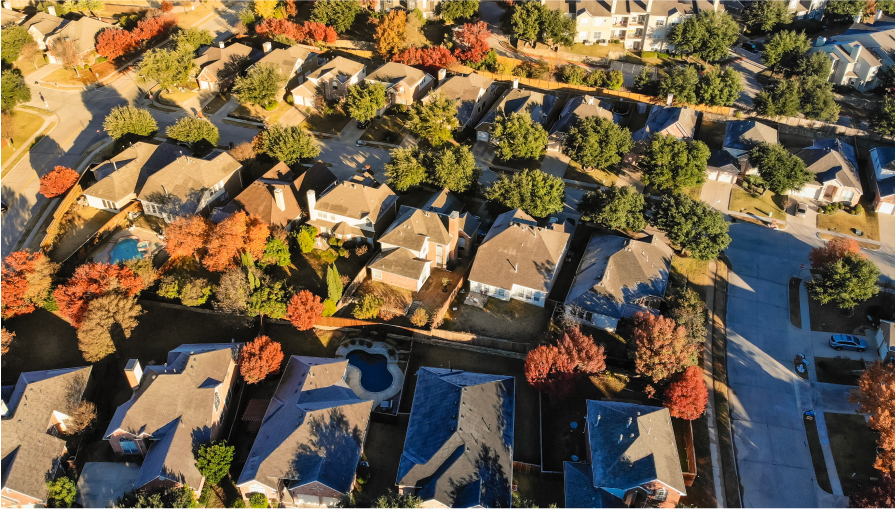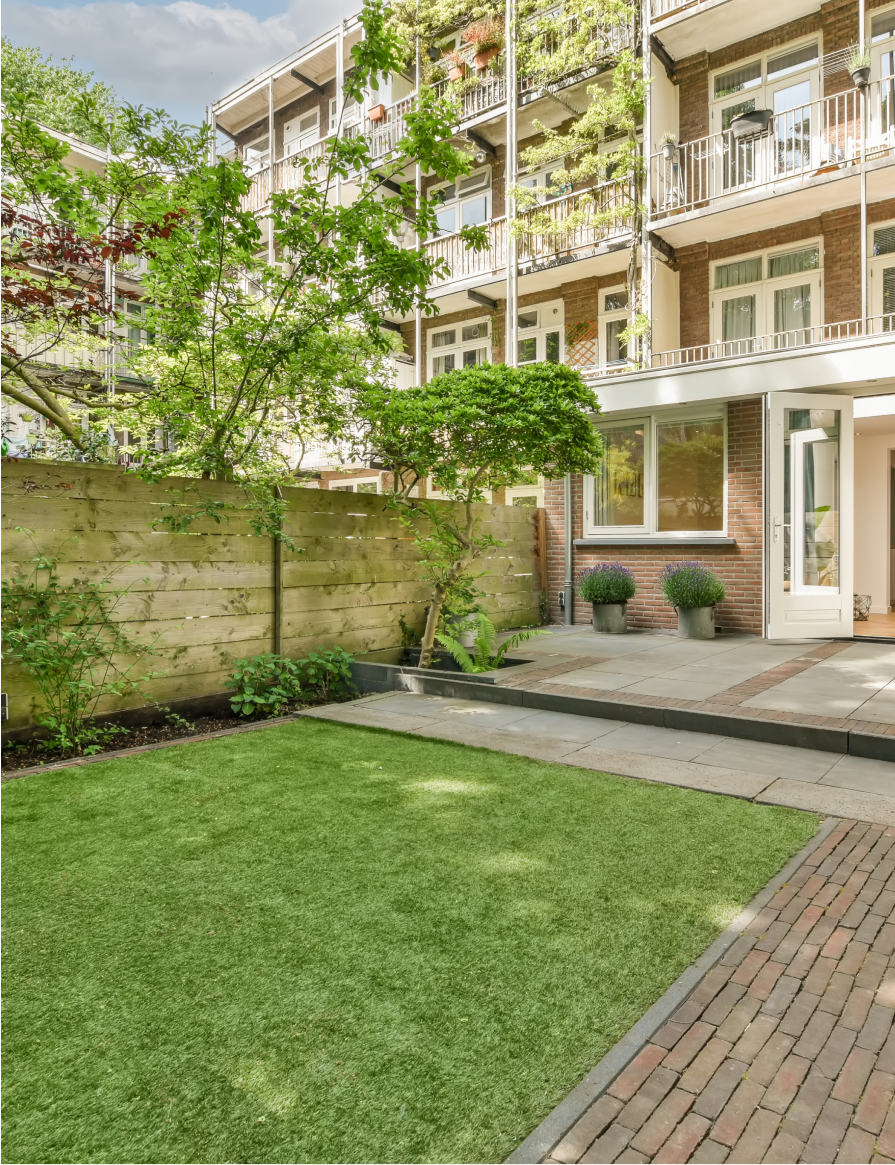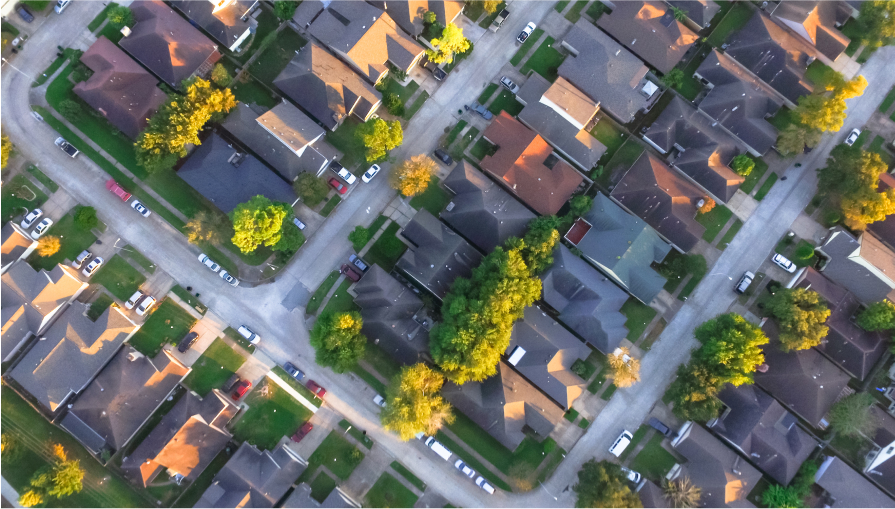In the context of Planned Unit Developments (PUDs), “pods” or “units” refer to individual housing components within the larger development. A Planned Unit Development is a type of residential or mixed-use community that is designed and developed as a single entity, incorporating various types of housing units, amenities, and open spaces. Within a PUD, the development is divided into smaller sections or clusters, each known as a “pod” or “unit.” Read on and contact Strata SFR to learn more about what pods/units are within Planned Unit Developments and how partnering with us can benefit you.

- Definition of PUDs: A PUD is a real estate development project where the entire property is planned and developed as a cohesive unit, combining residential, commercial, and recreational spaces. The goal is to create a well-designed and self-contained community that offers a range of housing options and amenities.
- Pod/Unit Concept: Within a PUD, the overall land area is divided into individual pods or units, which are like sub-developments within the larger community. Each pod may have its own unique characteristics, such as specific housing types, architectural styles, or amenities. The layout and design of each pod are carefully integrated into the overall master plan of the PUD.
- Types of Units: The term “unit” in a PUD can refer to different types of housing options, such as single-family homes, townhouses, condominiums, or apartments. Some PUDs may have a mix of these housing types within different pods to cater to a diverse range of residents.
- Amenities and Open Spaces: PUDs often include shared amenities and open spaces that are accessible to all residents within the community. These amenities can include parks, playgrounds, community centers, swimming pools, walking trails, and recreational facilities. Some amenities may be specific to individual pods, while others may be shared by the entire PUD.
- Homeowner’s Association (HOA): In many PUDs, a Homeowner’s Association (HOA) is established to manage and maintain the common areas and amenities. The HOA is typically responsible for collecting fees from residents to cover the costs of maintenance and upkeep.
- Zoning and Regulations: The development of PUDs is subject to local zoning and land-use regulations. The master plan for the entire development, including the layout of pods and the distribution of housing types, must comply with these regulations and be approved by the local authorities.
- Benefits of PUDs: Planned Unit Developments offer several benefits, including creating well-designed communities with a mix of housing options, providing shared amenities and open spaces, and promoting a sense of community among residents. PUDs also allow developers to optimize land use and integrate green spaces into the development.

In summary, pods/units within Planned Unit Developments (PUDs) are individual housing components or sub-developments within a larger, cohesive community. Each pod may feature specific housing types, architectural styles, and amenities, all of which are carefully integrated into the overall master plan of the PUD. This concept allows for the creation of well-designed communities that cater to various lifestyles and preferences.

